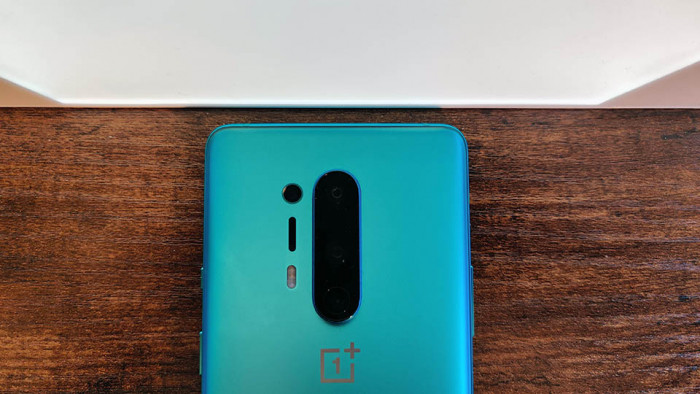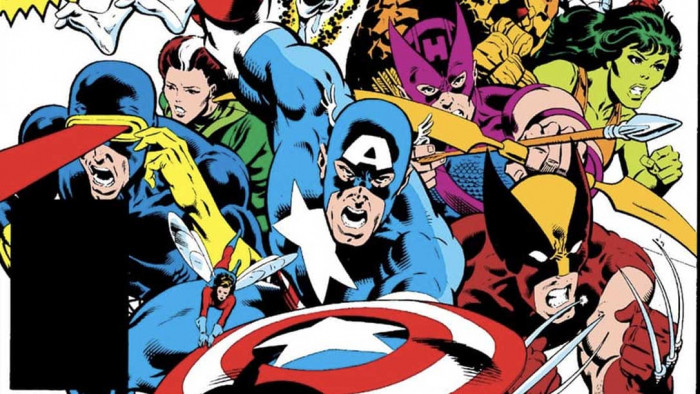An ancient god made of tin cans and a giant dollop of cream are coming to the Fourth Plinth
The tradition of putting weird statues up in Trafalgar Square continues


The two works of art that will grace the Fourth Plinth in Trafalgar Square starting from 2018 and 2020 have been announced, and they’re as irritating to retired colonels living in Tunbridge Wells as ever.
The first is a recreation of a statue destroyed by Islamic State in Mosul in 2015 made from empty date syrup cans taken from Iraq, and the second is a sculpture of huge dollop of cream with a fly and a drone sitting on it, with a cherry on top. For extra “make u think” points, members of the public will be able to watch footage of the area filmed by the drone in real time on their phones.
‘The Invisible Enemy Should Not Exist’ is part of a project begun by the Iraqi-American artist Michael Rakowitz in 2006, collating the thousands of historical artifacts looted or destroyed during the Iraq war. This particular piece is a recreation of a lammassu, a protective spirit in the form of a winged bull with a human head that was built around 700 BC and once stood at the Nergal Gate at the palace of Ninevah. The cans it is made from represent an industry gutted by more than a decade of conflict in the region, and though the original statue itself no longer exists, there are half a dozen others in the British Museum if you want to see what they look like in stone. It’ll appear next year.


In 2020, Rakowitz’s work will be replaced by that of a Londoner, the artist Heather Phillipson, who describes her piece ‘THE END’ as “a monument to hubris and impending collapse” that represents “exuberance and unease”.
The square’s other three plinths hold statues that might politely be described as more conventional, portraying King George IV dressed as a Roman general, and two particularly keen Victorian colonialists in Henry Havelock and Charles Napier. The fourth was meant to house a horseback statue of William IV, but sat empty for more than 150 years due to insufficient funds.
Eventually, in 1998, the Royal Society of Arts won permission to commission new work to grace it, and an outlandish series of statues has wound conservative types up since then. Its first piece was a small statue of Jesus, followed by the likes of “Alison Lapper Pregnant”, a nude marble bust of of a woman with no arms, a bronze of a child on a rocking horse that gently mocked all the other plinths, a large blue cockerel, and most recently, “Really Good”, David Shrigley’s sculpture of 7m human hand giving a distorted thumbs-up, which will be replaced next March.
Latest
Related Reviews and Shortlists









